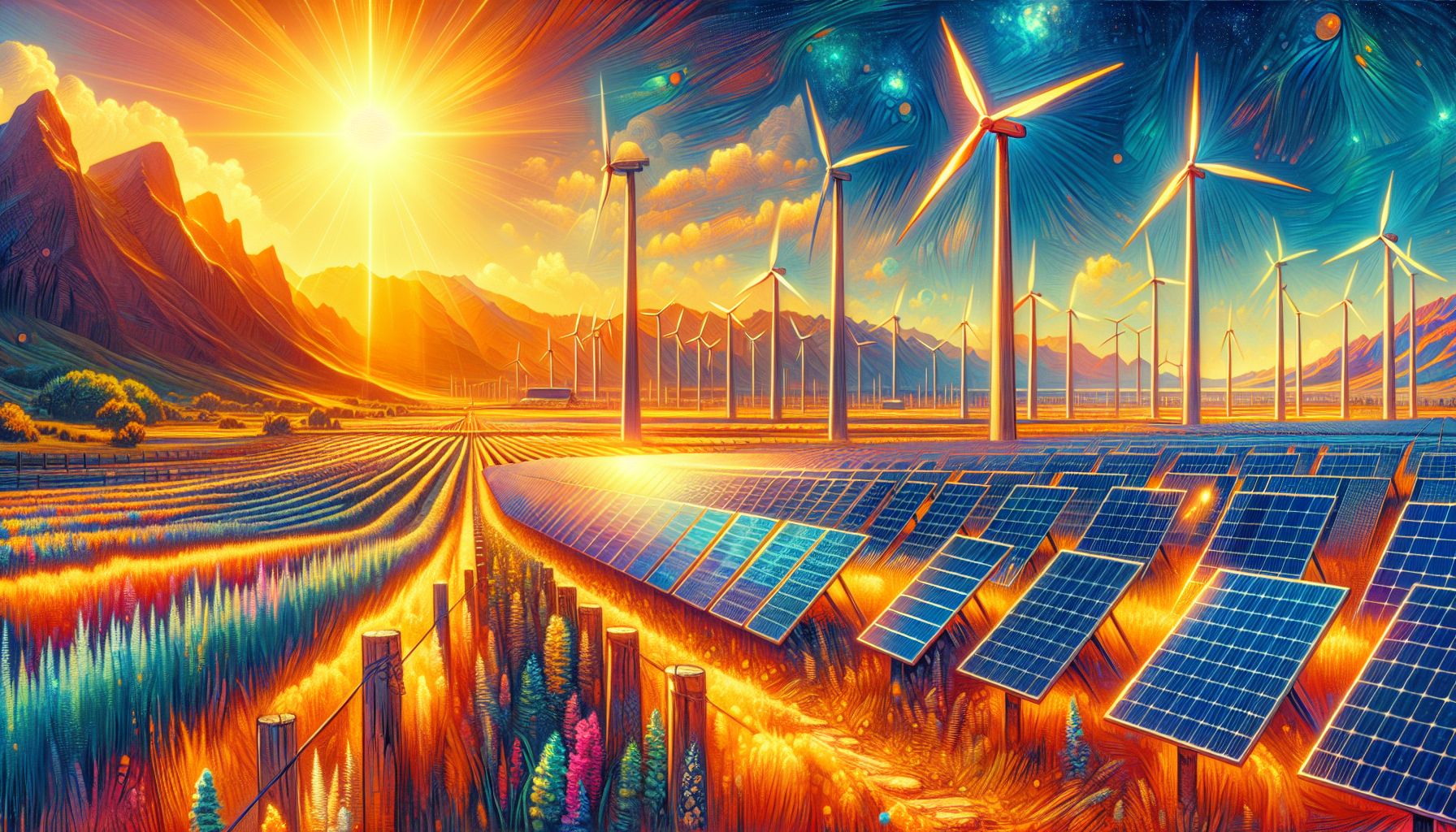Netherlands Boosts Renewable Energy Usage by 17% in 2023

The Netherlands increased its renewable energy consumption to 17% in 2023, up from 15% in 2022, driven primarily by wind and solar power. Biomass usage slightly declined.
Growth in Wind and Solar Capacity
The increase in renewable energy consumption in the Netherlands is largely attributed to the expansion of wind and solar energy capacities. Wind energy consumption saw a remarkable 25% rise in 2023, reaching 96 petajoules (PJ). This surge was primarily driven by a significant boost in offshore wind capacity, which grew by 55% to nearly 4 gigawatts (GW). Onshore wind capacity also saw a notable increase of 10%, reaching almost 7 GW[1][2].
Solar Energy Surge
Solar energy also made substantial gains, with consumption rising by 17% to 73 PJ in 2023. The total installed capacity of solar panels increased by 24%, surpassing 24 GW. This growth was supported by favorable weather conditions, although 2023 was less sunny compared to the previous year[1][3].
Challenges and Controversies in Biomass Usage
While wind and solar power saw significant growth, biomass consumption experienced a slight decline of 3% in 2023. The use of biomass in power stations decreased by 31%, reflecting ongoing controversies surrounding the sustainability of burning organic matter such as wood. Despite this, biomass remains a significant source of renewable energy, contributing 106 PJ in 2023[2][4].
Heat Pumps and Emerging Technologies
Another noteworthy development in the Netherlands’ renewable energy landscape is the increased use of heat pumps. Heat energy generated by heat pumps rose by 26% in 2023, reaching nearly 26 PJ. This technology, which leverages ambient heat to provide heating and cooling, is gaining traction as a sustainable alternative to traditional heating methods[1].
EU Targets and Future Prospects
The European Union has set ambitious targets for renewable energy, aiming for at least 42.5% of energy consumption to come from renewable sources by 2030. While the specific targets for the Netherlands are yet to be determined, the country’s rapid growth in renewable energy capacity suggests it is on a promising trajectory. However, it still trails behind the EU average, with only 17% of its energy consumption coming from renewable sources in 2023, compared to the EU average of 23%[1][2][3].
International Comparisons
Within the EU, Sweden leads with a 66% share of renewable energy, followed by Finland at 48% and Latvia at 43%. The Netherlands, despite its progress, remains below the EU average, with only Luxembourg, Belgium, Malta, and Ireland having lower shares of renewable energy. The rapid growth in the Netherlands, however, highlights its potential to close the gap with leading EU nations in the coming years[1][2].

